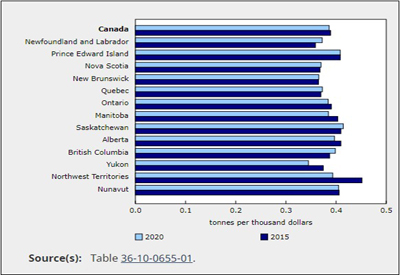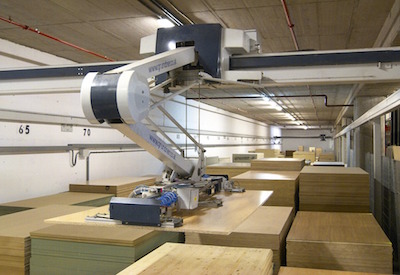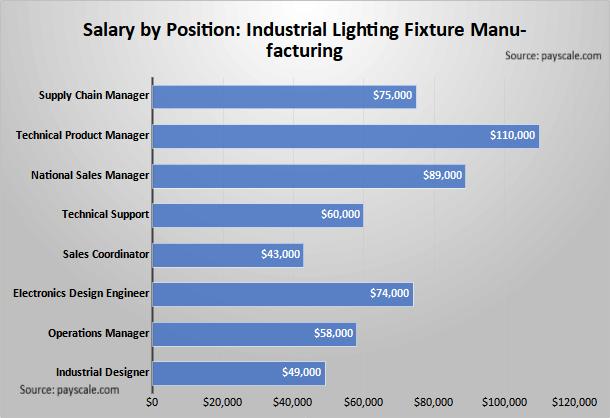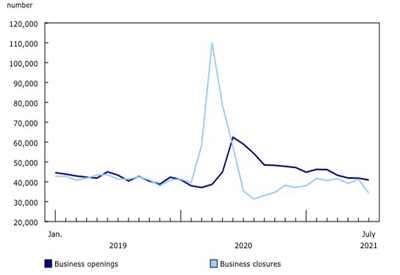Infrastructure Economic Account: Environmental Perspective, 2020

June 24, 2021
The Infrastructure Economic Account has recently been expanded to include an environmental perspective, providing insight on the relationship between investment in infrastructure and the environment. Main indicators include greenhouse gas emissions caused by the production of infrastructure assets, greenhouse gas emissions per value added, and clean input proportion.
Total greenhouse gas emissions from the production of infrastructure assets have increased from a recent low in 2011, corresponding to the injection of infrastructure investment. However, the greenhouse gas emissions per value added has actually decreased since 2012 and remained stable from 2015 to 2020. A decrease of greenhouse gas emission per value added suggests that environmental improvements are made in the construction of these assets.
Variances in greenhouse gas emissions per value added occur as the production of certain infrastructure assets results in more emissions than others. In 2020, the intensity of greenhouse gas emissions for producing total infrastructure assets stood at 0.39 tonnes per value added. Among all infrastructure assets, the highest intensity was observed in other machinery and equipment (0.67 tonnes per value added) and transportation machinery and equipment (0.65 tonnes per value added). Because high greenhouse gas emissions are associated with the manufacturing industry, the intensity for these two assets was well above the average. The next-highest greenhouse gas emissions intensity was in oil and gas engineering construction at 0.43 tonnes per value added, and the lowest was in electric power infrastructure at 0.36 tonnes per value added.
As different assets have different levels of greenhouse gas emissions intensity, the greenhouse gas emissions to value added indicator for infrastructure assets will vary based on the significance of each asset within each region. In 2020, there were small differences in the level of emissions per value added among regions, ranging from a high of over 0.40 tonnes per value added in Prince Edward Island, Saskatchewan, Alberta and Nunavut, to a low of just below 0.35 tonnes in Yukon.
Over the time period of 2010 to 2020, the proportion of inputs used in the production of infrastructure assets considered to be environmental and clean technology products was low, but it rose from 2.7% in 2010 to 3.3% in 2020. The percentage of infrastructure investment that was considered “clean” in 2020 was 0.3 percentage points higher than the proportion in the entire economy from the Environmental and Clean Technology Products Economic Account estimates in 2019.
Similar to greenhouse gas emissions to value added, the proportions of “clean” inputs vary among different infrastructure assets and change over time. In 2020, the proportion of “clean” inputs increased from 2010 in all groups of infrastructure assets, with the exception of electric power infrastructure. At the group level, the communication networks assets had the highest proportion of “clean” inputs at 7.1% in 2020, while the transportation machinery and equipment assets have the lowest proportion at 1.1%.
Source: Statistics Canada, www150.statcan.gc.ca/n1/daily-quotidien/210622/dq210622e-eng.htm?CMP=mstatcan











